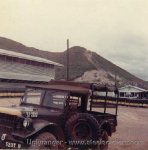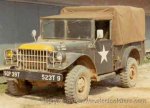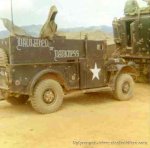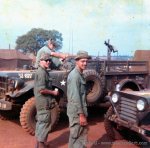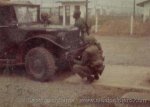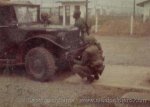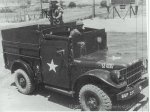- 10,865
- 762
- 113
- Location
- Appomattox, VA
I have seen many many more 1950-1954 M37s than the later model, the M37B1, which was made in the 1960s. I understand that this is a result of the later model being built with much thinner metal, and many have rusted away (I have read this in several texts as well). Question I have is, if you wanted to restore a true Vietnam-era M37, with marking for a unit in that AO, were there more M37s or M37B1s in Vietnam? Which would be more correct?
I have heard several say that during the late 1960s timeframe, the Cold War was our more urgent need for equipment rather than Vietnam, and most of the good/newer rigs went to places that were Cold War hotspots and not SE Asia. This may be one contributing factor why there were very few M715 trucks from 1967-1969 shipped to Vietnam, and went instead to Germany, Alaska, etc. Same goes for the early 809 series of 5-tons, the M35A2s, etc.
I have heard several say that during the late 1960s timeframe, the Cold War was our more urgent need for equipment rather than Vietnam, and most of the good/newer rigs went to places that were Cold War hotspots and not SE Asia. This may be one contributing factor why there were very few M715 trucks from 1967-1969 shipped to Vietnam, and went instead to Germany, Alaska, etc. Same goes for the early 809 series of 5-tons, the M35A2s, etc.



